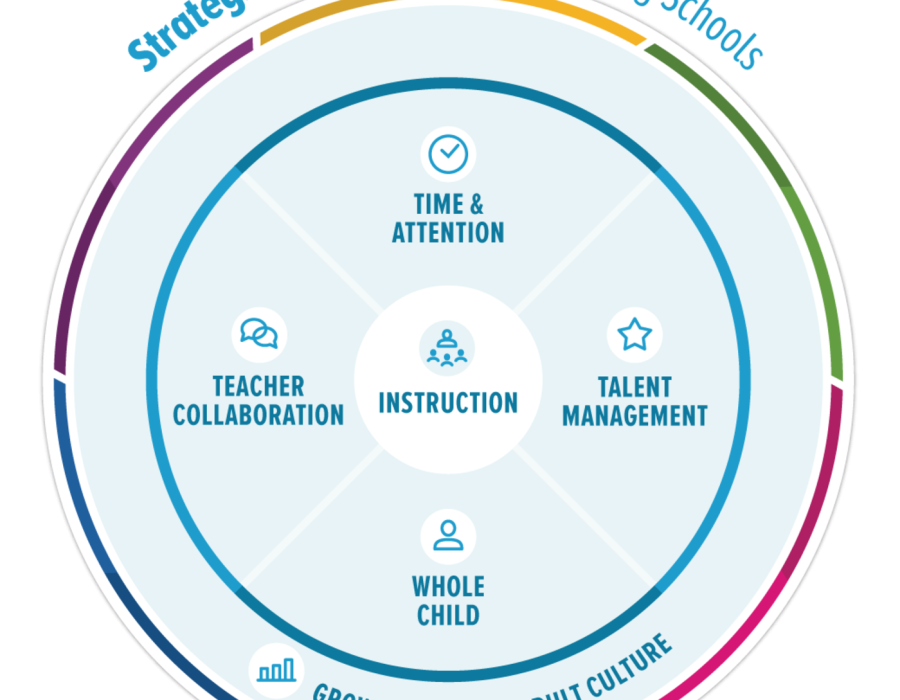In today's dynamic educational landscape, flexibility and resilience are essential qualities for educators seeking to navigate the ever-changing terrain of educational strategies. With the rapid evolution of technology, shifts in pedagogical approaches, and the diverse needs of learners, educators must adapt and innovate their resource strategies to meet the demands of modern education. In this blog, we'll explore the importance of flexibility and resilience in educational strategies, discuss key principles for developing adaptable approaches, and provide practical insights for educators looking to enhance their resource strategies in today's complex educational environment.
Understanding Educational Resource Strategies
Before delving into the concepts of flexibility and resilience, it's essential to establish a clear understanding of educational strategies. It can encompass the methods, tools, and approaches that educators employ to facilitate teaching and learning processes. These strategies may include the selection, creation, organization, and integration of various educational resources, such as textbooks, digital materials, multimedia resources, and interactive technologies. The overarching goal of educational strategies is to optimize learning outcomes, engage students effectively, and support educators in delivering high-quality instruction.
The Importance of Flexibility
Flexibility is a critical component of effective educational strategies, allowing educators to adapt their approaches to meet the diverse needs and preferences of learners. In today's educational landscape, where students come from varied backgrounds, possess different learning styles, and have unique strengths and challenges, one-size-fits-all approaches are no longer sufficient. Flexible resource strategies enable educators to tailor their instruction to individual student needs, preferences, and learning paces, fostering a more inclusive and personalized learning environment. Moreover, flexibility empowers educators to respond to unforeseen challenges, such as disruptions to the learning environment, changes in curriculum requirements, or shifts in instructional modalities, with agility and creativity.
Building Resilience in Resource Strategies
Resilience is another essential attribute of effective educational resource strategies, enabling educators to withstand and overcome obstacles, setbacks, and uncertainties. In the dynamic and often unpredictable field of education, resilience is essential for navigating challenges and sustaining momentum towards educational goals. Resilient resource strategies are characterized by their adaptability, resourcefulness, and capacity to bounce back from adversity. Educators with resilient resource strategies are adept at problem-solving, troubleshooting, and seeking alternative solutions when faced with obstacles or constraints. They maintain a growth mindset, viewing challenges as opportunities for learning and improvement, rather than insurmountable barriers.
Embracing Change
Adaptability is a crucial factor in educational resource strategies, particularly in today's rapidly evolving educational landscape. With advancements in technology, changes in pedagogical approaches, and shifts in student demographics, educators must be willing to embrace change and adapt their resource strategies accordingly. This requires a willingness to explore new tools, experiment with innovative methods, and adjust instructional practices based on emerging trends and best practices. By cultivating adaptability in resource strategies, educators can stay ahead of the curve, meet the evolving needs of students, and create dynamic learning environments that foster engagement and achievement.
Navigating Uncertainty
Resilience is a vital attribute for educators navigating the uncertainties and challenges of the educational journey. From budget constraints and curriculum changes to unforeseen disruptions like natural disasters or pandemics, educators face a myriad of obstacles that can impact their resource strategies. Building resilience in resource strategies involves developing the capacity to bounce back from setbacks, adapt to changing circumstances, and maintain a sense of purpose and optimism in the face of adversity. By fostering resilience in resource strategies, educators can weather the storms of uncertainty, overcome obstacles, and continue to deliver high-quality instruction that meets the needs of all learners.
Conclusion
In conclusion, flexibility and resilience are indispensable qualities for educators seeking to navigate the complex and ever-changing landscape of educational resource strategies. By embracing flexibility, educators can tailor their approaches to meet the diverse needs and preferences of learners, fostering a more inclusive and personalized learning environment. Additionally, resilience empowers educators to withstand and overcome obstacles, setbacks, and uncertainties, ensuring continuity and effectiveness in resource strategies despite challenges.





Comments